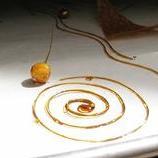-
Welcome to the eG Forums, a service of the eGullet Society for Culinary Arts & Letters. The Society is a 501(c)3 not-for-profit organization dedicated to the advancement of the culinary arts. These advertising-free forums are provided free of charge through donations from Society members. Anyone may read the forums, but to post you must create a free account.
Baking in the "Good Old Days"
-
Similar Content
-
- 23 replies
- 3,937 views
-
- 17 replies
- 3,139 views
-
- 7 replies
- 5,272 views
-
Baking Beginner
By Nawab,
- 2 replies
- 2,054 views
-
- 4 replies
- 1,872 views
-
-
Recently Browsing 0 members
- No registered users viewing this page.





Recommended Posts